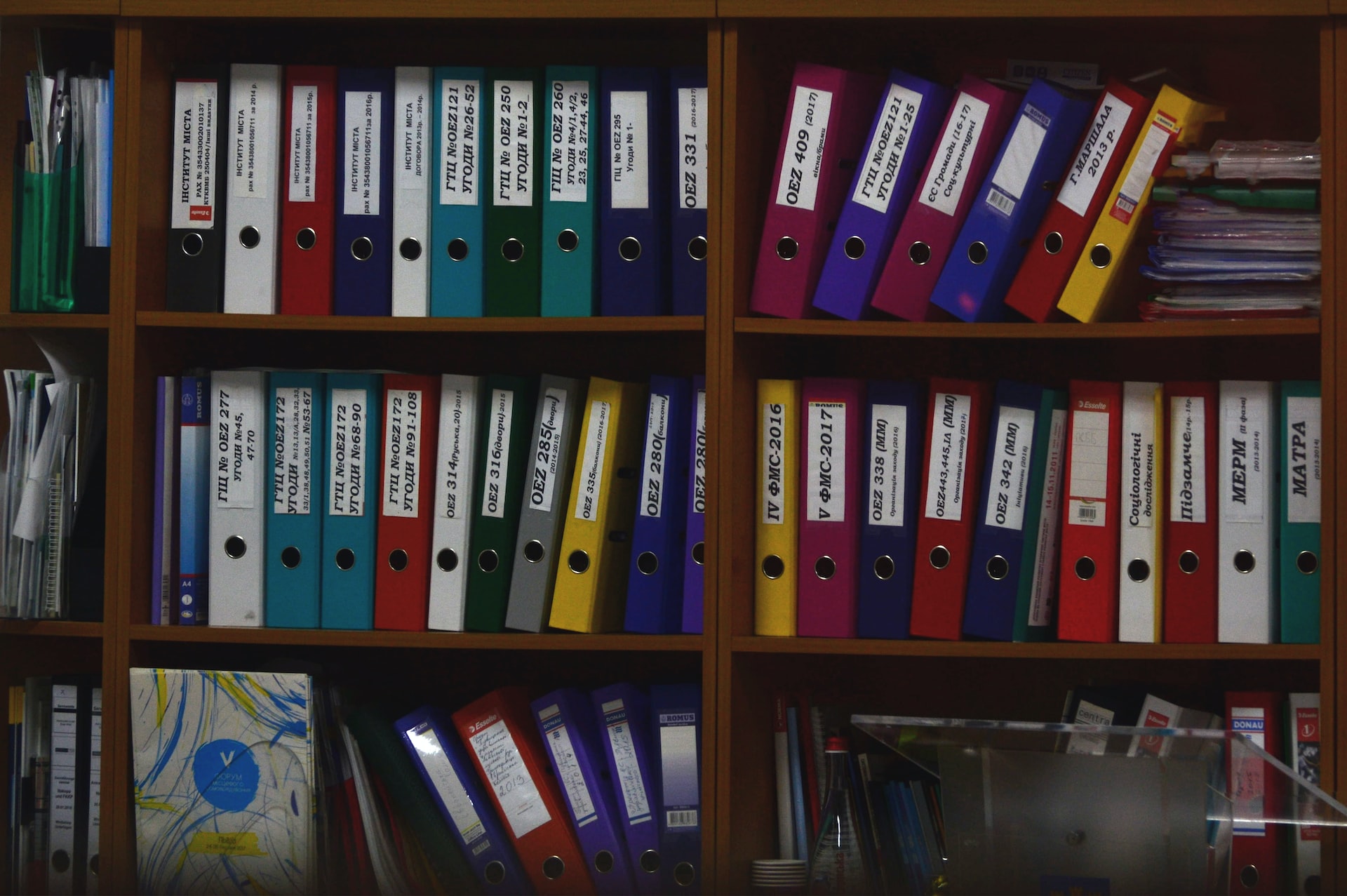Why You Need a New Hire Checklist & How to Create One
Jul 07, 2021 · 13 mins read ·
Hiring & Onboarding
What is a new hire checklist and why should you care about it? For a start, did you know that around 20% of new employees quit their jobs within the first month and a half of joining an organization?
If your tendency is to think “well you win some, you lose some” then you might want to think again.
Staff turnover is costly: the time, money and effort put into the recruitment process and then hiring and training new staff is considerable and if you’re trapped in a Groundhog Day style, never ending cycle of filling and refilling the same positions it’s time to address the problem.
Employees resign for all sorts of reasons but if your brand new employees are upping and quitting before the ink on their contract has barely had time to dry, the issue is something you’re doing - or not doing - during their onboarding.
And that’s where your new hire checklist template comes in.
You need to make sure that your new starters are made to feel welcomed, engaged, and valued right from the minute they step through your door. And that goes for everyone from managers to employees retuning from a career break to part-timers and even interns.
The problem is, there’s a lot to remember when new people join your company and if you’re not organized you’re going to miss one or more of the steps.
And these steps are valuable because they ensure new employees feel part of the team and able to start working straight away.
So how can you make sure you’ve got all of these steps covered? By following a new hire checklist template. Let’s break it down.
Why your company needs a new hire checklist
Scrambling to find a working laptop and a place for a new employee to sit isn’t a good look for your company and it isn’t going to make them feel welcome. So to eliminate the chances of messing up your onboarding process you need to lay the groundwork.
Here’s what you need to do before your new hire starts
If you really want to nail your onboarding process you need to start it as soon as an applicant has accepted your job offer. Here's how to get started.
1. Send your new hire paperwork to your employee
Wouldn’t it make sense to get your new employee forms out of the way before your newbie turns up to work? That way they can dive right in to getting properly started rather than faffing about with endless new hire forms.
Plus, chances are they won’t have all the info you need on them, meaning day two will, again, involve a visit to the HR department. You can also combine this with a friendly welcome email.
Where possible digitize your documents and new hire paperwork so that they’re not only easier for you to send and the employee to return but also easier to store and refer back to.
2. Ensure their tools of the trade are ready for them
There’s nothing worse than turning up for a new job only to be sat at an empty desk while someone runs around like a headless chicken trying to locate you a spare computer. Or arriving to find that the uniform you need to do your job doesn’t fit you properly.
Whatever the role you’ve hired someone to do, make sure everything they need to start work is ready and in good working order whether it’s a laptop, uniform, protective equipment, specialist tools or machinery, or even small supplies such as a name badge, key card or stationery.
3. Make sure your employee can log in
If your new staff member will be using a computer or laptop make sure that your new hire checklist includes ensuring that all platforms, programs and software are already installed and that they have accounts, passwords and login information set up and ready to go.
4. Give them the lowdown on policies and practices
So that your new person knows what to expect when they show up on their first day, in your new hire paperwork provide them with a thorough guide to your policies (how to call in sick, side hustles etc.), and their benefits (pension, insurance, maternity and paternity leave, and also ‘fun’ stuff such as duvet days, discounted gym memberships and other perks.)
Also tell them about your dress code or expected standards of dress, the hours of work including any flexi time work policies, breaks and/or lunch breaks, and their vacation entitlement.
You might want to create an employee handbook for this purpose - once compiled it will make it easier to check off all of these different facets in one go from your new hire checklist!
What to do on your new employee’s first day
We all know how nerve wracking it can be starting a new job and by making the onboarding process easier for your new people you will help them feel more at ease and therefore less likely to quit!
1. Show them where they’ll be working
Take your new person to their desk, workstation, shop floor department or other place of work and make sure they are acquainted with any equipment, technology or machinery they’ll be using.
2. Introduce them to their new coworkers
Some companies like to walk new starters around to meet everyone, others just stick to direct co-workers and managers. How you approach this will probably depend on the size of your company.
Either way, making sure your new hire checklist covers introductions is important as this will immediately give your employee a chance to meet the people they will be working for and with.
Organizing a team lunch for a few days after they’ve first started is also a nice way to encourage bonding.
Read more: Your Onboarding New Hire Checklist for Remote Workers
3. Give them the grand tour
Needing to use the bathroom or being desperate for a cup of coffee or a glass of water and not knowing where to go can be a source of anxiety or embarrassment, especially for shy new starters.
Help your new hire feel at home by showing them where the toilets and kitchen area are, as well as any chill out and dining areas, or the canteen.
From a safety point of view a tour is crucial as you’ll also need to show them emergency exits and fire escapes.
4. Have an introductory chat about the job
Now is a good time to sit down with your new starter and get them to fill out any new employee forms that they either couldn’t complete before or that you need them to fill out in person.
And it’s also a great time for you or the employee’s manager to run through what is expected of them in a work capacity.
Cover job responsibilities, tasks, KPIs, and team, department and/or company objectives. This will help your recruit learn how they can fit into the business and contribute.
You should also take time to hear their side of the story: what do they hope to achieve? What are their job expectations? Is there anything you can do to help them feel supported?
Read more: Your Onboarding New Hire Checklist for Technical Staff
What to do in your new employee’s first week
The first week in a new job can feel intense to say the least - but that’s far better than it being boring! Especially if you want your new people to feel engaged and be productive. Here’s what to include on your new hire checklist template as your onboarding process hits the first week mark.
1. Talk to them about training
While training should be an ongoing process for all employees, your new recruits will need to be trained in the basics of their role. A training plan for new starters may need to include running through the platforms, systems, apps and software that your organization uses if your employee isn’t yet experienced in them.
They may also need company-specific training or coaching in how you handle customer complaints or client queries.
Make sure training is delivered over the course of the week so you don’t bamboozle a new employee and make them feverishly consider handing in their notice before they’ve even got properly started!
2. Make sure they have some work to do
Even the most eager of new starters is going to find a week filled with training, new hire paperwork, and meeting coworkers whose names they can’t yet remember a little trying. So make sure you give them something to work on, however small.
People like to feel useful and creating engagement from the get go is crucial. Assigning them a task or project to get their teeth into will play a big part in that.
Make sure they know what they’re doing, who to go to with questions and check in to make sure they’re coping (and that the work is being done correctly!)
What to do in your new employee’s first month
Lavishing your new employee with attention during the first week and then leaving them to it is a sure fire way of making them feel forgotten which can lead to rapid disengagement - hence the 20% resignation rate mentioned at the start of this post.
Your newbie is still exactly that - a newbie - and they will still be adjusting to their new role and duties in the months to come.
That’s why your new hire checklist should cover their first month - and beyond.
1. Check in to see how they’re progressing
This is both useful for you to make sure the employee is performing well, and for them to ask any questions about anything they’re not sure about.
Schedule a progress meeting after they’ve been doing the job for at least one month and refer back to the meeting or chat you had about job expectations on their first day.
Ask them how they feel the job is going so far, suggest areas where their manager thinks they can improve, and set new goals or targets.
2. Welcome any feedback they might have
Your new hire checklist should also include encouraging new employees to give you any feedback they have about the onboarding process, their role, their team, their manager and the company in general.
This can be covered at the end of month check in. Asking for feedback is a crucial employee retention strategy and it will demonstrate to your recent hires that they’re a valued part of the team.
The new hire checklist: a conclusion
We hope this new hire checklist template proves useful for when you’re next onboarding a new starter.
It’s good to keep in mind that providing a truly awesome onboarding experience is beneficial for both the company and the employee: you’ll reduce your staff turnover and the associated costs, and your employee will feel more engaged and be more likely to become a valuable part of your organization.
It’s also worth reiterating that an onboarding process isn’t limited to an employee’s first day or week. As laid out in our new hire checklist above it begins before the recruit starts when you prepare their equipment and new employee forms to the months after they’ve settled into their new role.

Eve Church
I'm a UK-based content writer here at Hezum. I've an interest in all things HR and company culture.
United Kingdom


